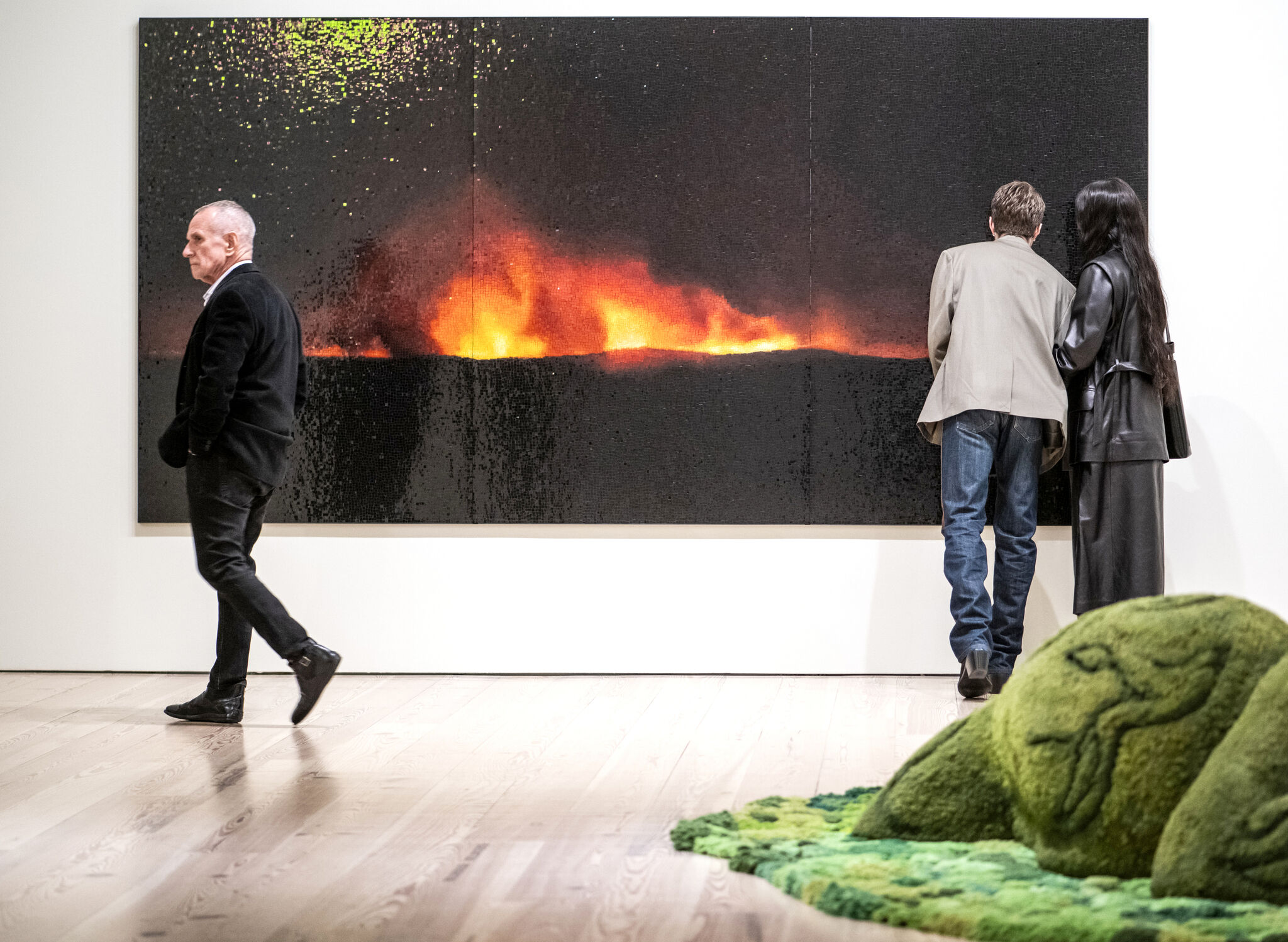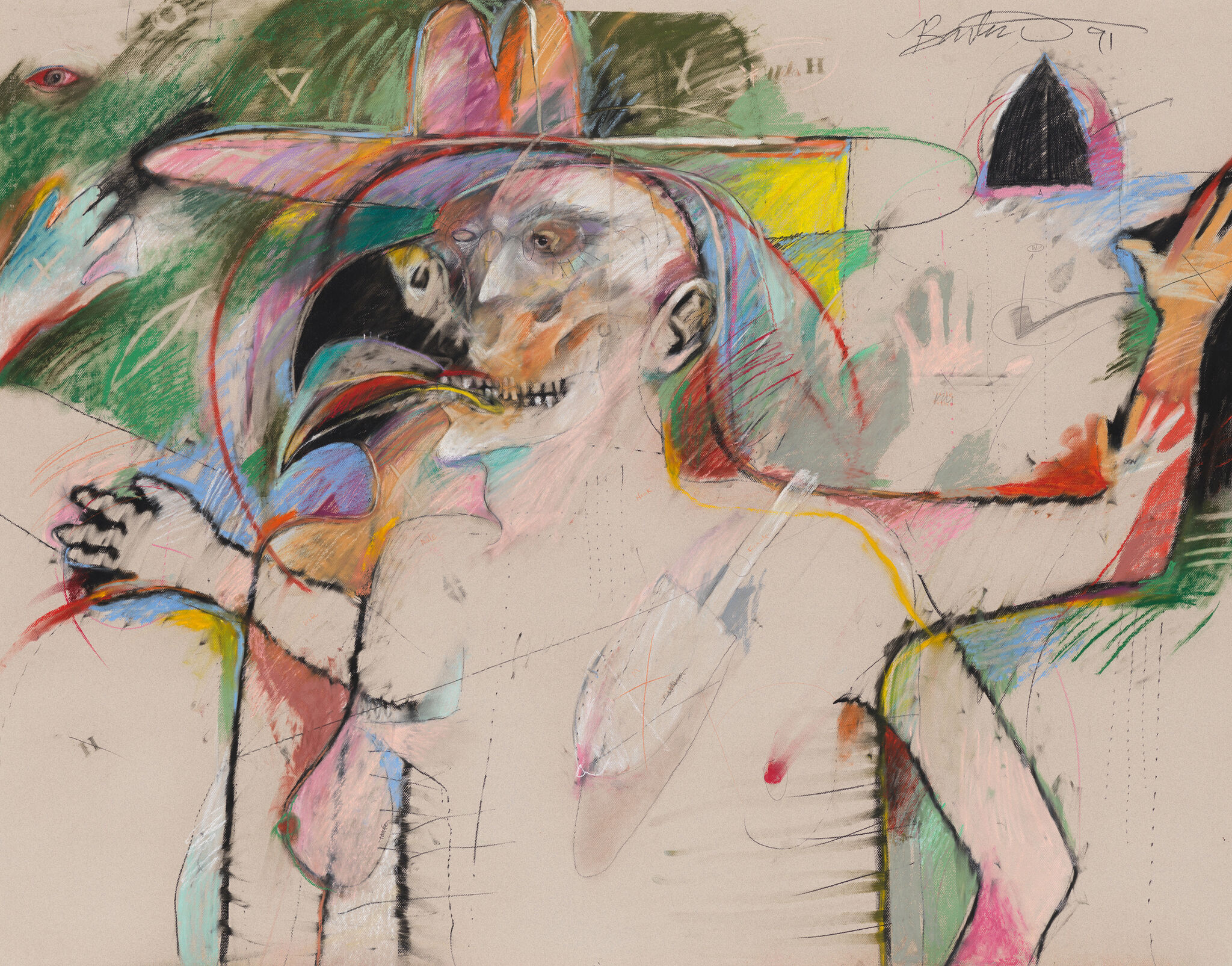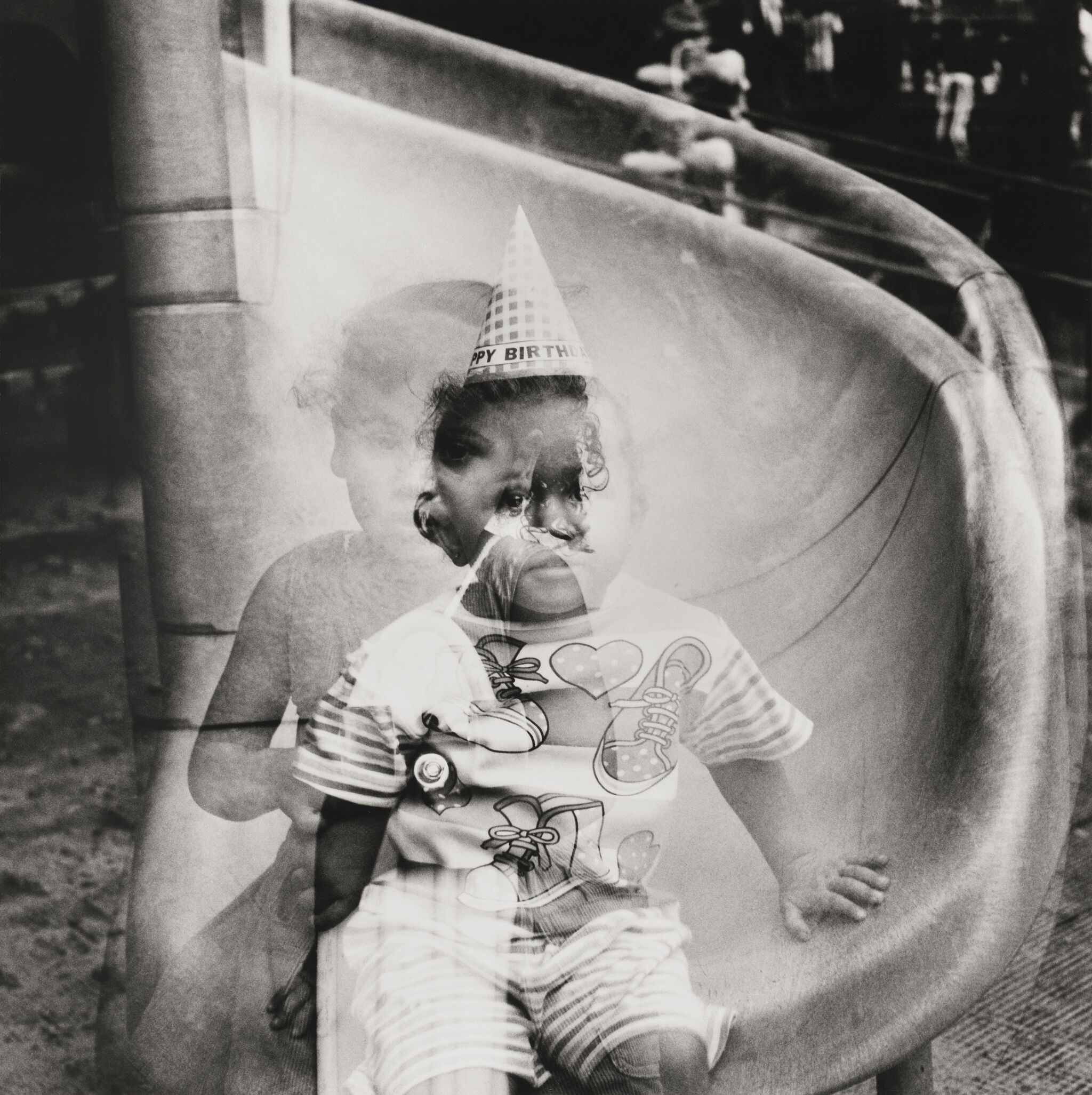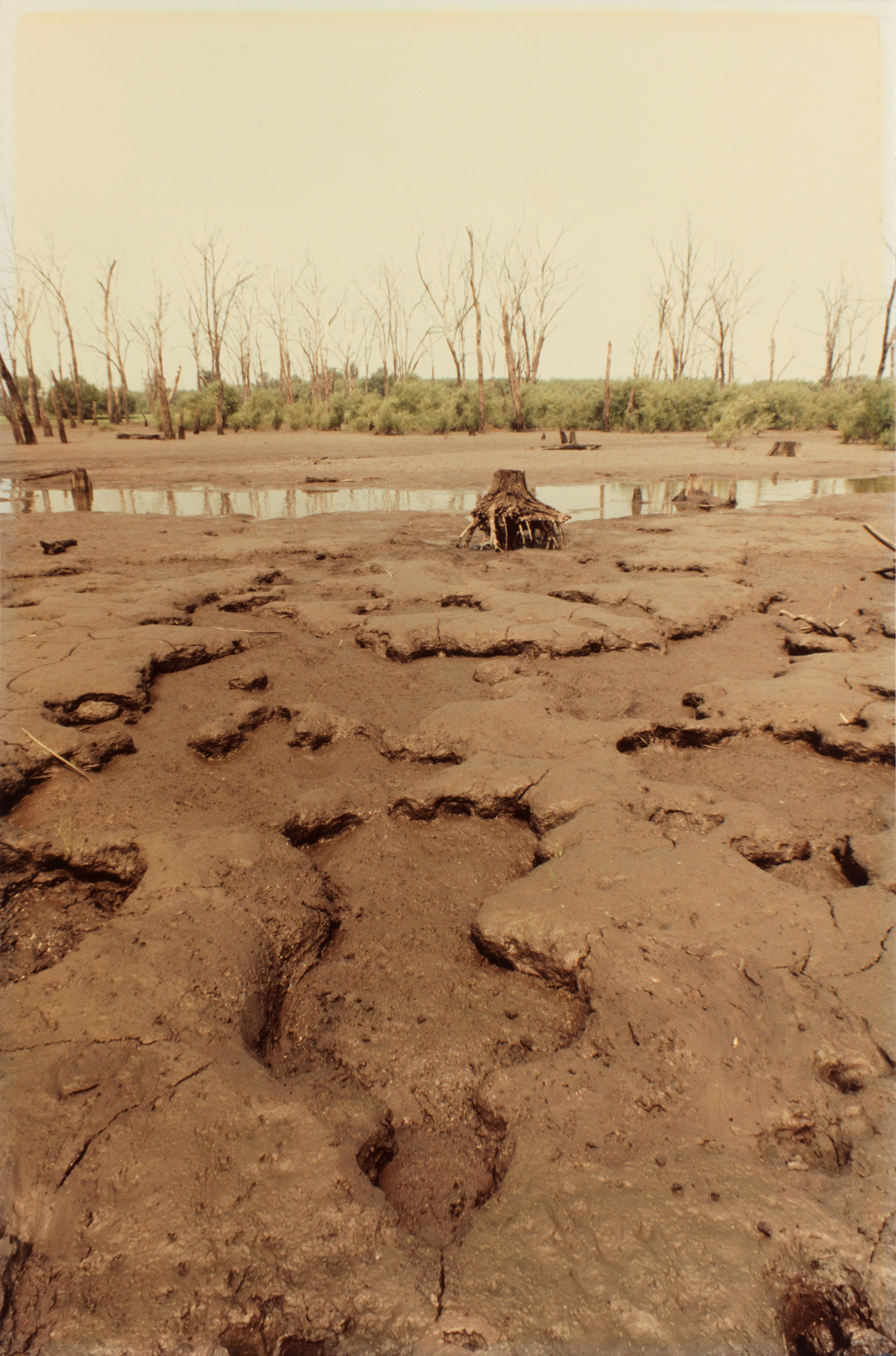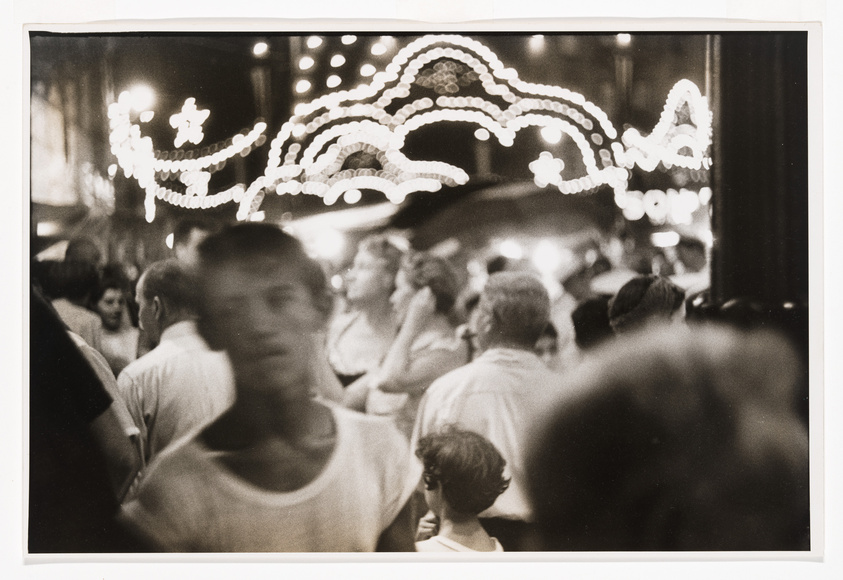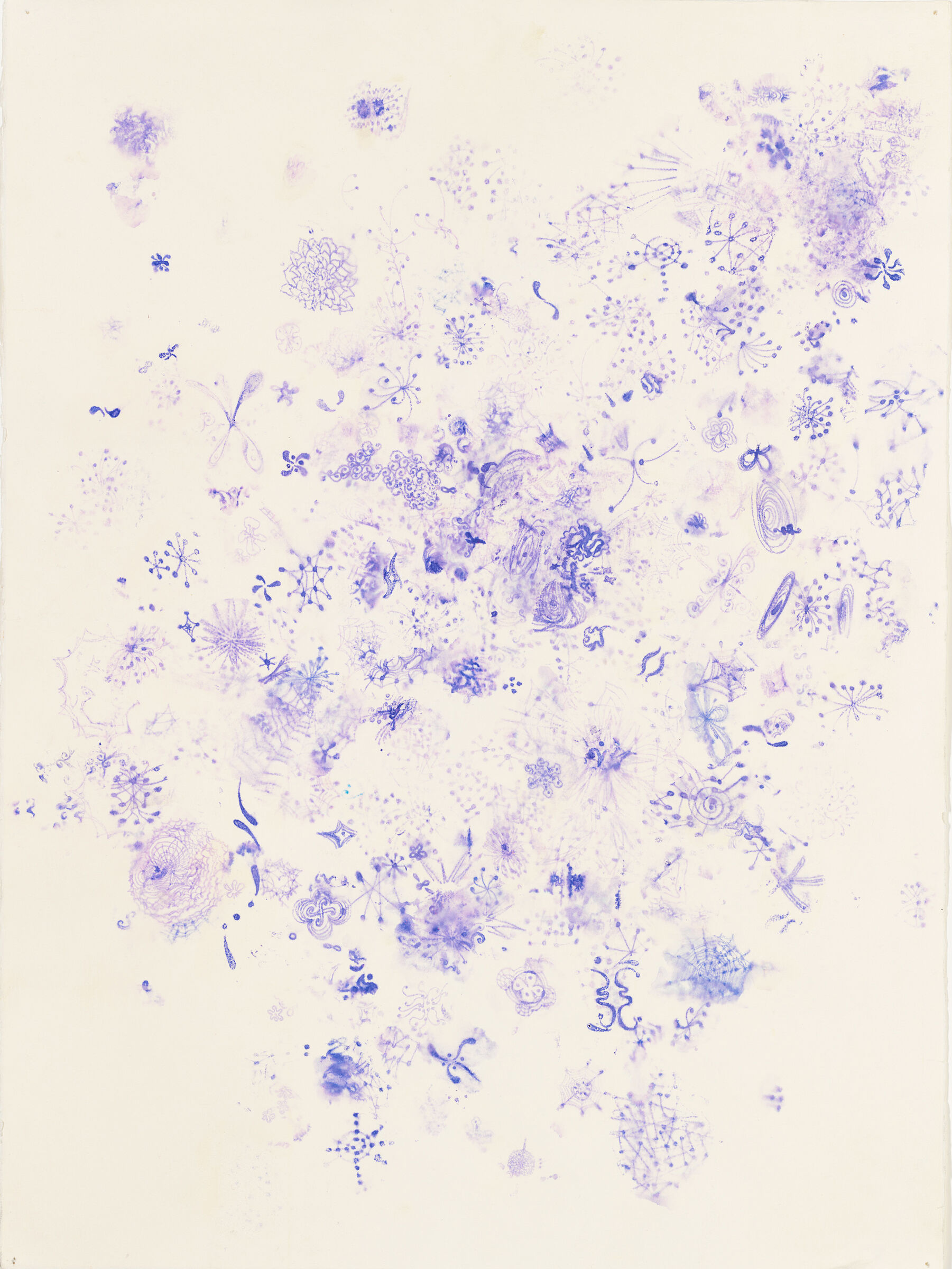Ana Mendieta
1948–1985
The earthworks, body art, performances, photography, and films Ana Mendieta made in the 1970s and early 1980s reveal an artist deeply connected to nature through the prisms of gender, identity, ritual, and cultural belief. At the age of twelve, Mendieta was sent with her older sister to the United States to escape the Castro regime in Cuba. The girls were resettled in orphanages and foster homes in Dubuque, Iowa—a profound dislocation that would surface in the artist’s mature work. Although she studied painting, Mendieta abandoned the medium in 1972, stating that it wasn’t “real enough. . . . I wanted my images to have power, to be magic.” Her subsequent performative actions, such as wiping her blood-covered arms down a wall in a graceful sweeping gesture, and what she termed earth-body works—for example, placing an effigy into the dirt and lighting it on fire—were attempts to return her body to a more elemental state, one that symbolized sacrifice, regeneration, healing, the feminine, and the entropic cycle of life.
Untitled (Fetish Series, Iowa) documents an ephemeral earth-body work created at Old Man’s Creek, in Iowa City. Mendieta used natural materials, mud and water, to create a figure; pierced with sticks, the form recalls the iconography of martyred Catholic saints, ethnoreligious fetish objects thought to contain supernatural powers, and simple burial mounds. The form would eventually wash back into the creek bed, but for Mendieta the simple act of building it was a way of “reasserting my ties with the earth . . . the reactivation of primeval beliefs . . . [in] an omnipresent female force.”
Dana Miller and Adam D. Weinberg, Handbook of the Collection (New York: Whitney Museum of American Art, 2015), 265.
Introduction
Ana Mendieta (November 18, 1948 – September 8, 1985) was a Cuban-American performance artist, sculptor, painter, and video artist who is best known for her "earth-body" artwork. She is considered one of the most influential Cuban-American artists of the post–World War II era. Born in Havana, Cuba, Mendieta left for the United States in 1961.
Mendieta died on September 8, 1985, in New York City, after falling from her 34th-floor apartment. She lived there with her husband of eight months, minimalist sculptor Carl Andre. The circumstances surrounding her death have been the subject of controversy.
Wikidata identifier
Q463639
Information from Wikipedia, made available under the Creative Commons Attribution-ShareAlike License . Accessed November 23, 2025.
Introduction
Mendieta was born in Cuba but sent to America by her parents at age 13. She lived in foster homes and orphanages for the rest of her childhood. She received her MA in 1972 from the University of Iowa. In the 1970s, she began making 'earth-body sculptures,' employing primitive materials such as blood, earth, fire, and water. She documented her performances, which incorporated aspects of religion and magic, with photographs. In 1983, she went to Rome on an American Academy Fellowship. In 1985, her husband, the Minimalist sculptor Carl Andre, was charged with her death but acquitted.
Country of birth
Cuba
Roles
Artist, painter, performance artist, photographer, sculptor, video artist
ULAN identifier
500052055
Names
Ana Mendieta
Information from the Getty Research Institute's Union List of Artist Names ® (ULAN), made available under the ODC Attribution License. Accessed November 23, 2025.

